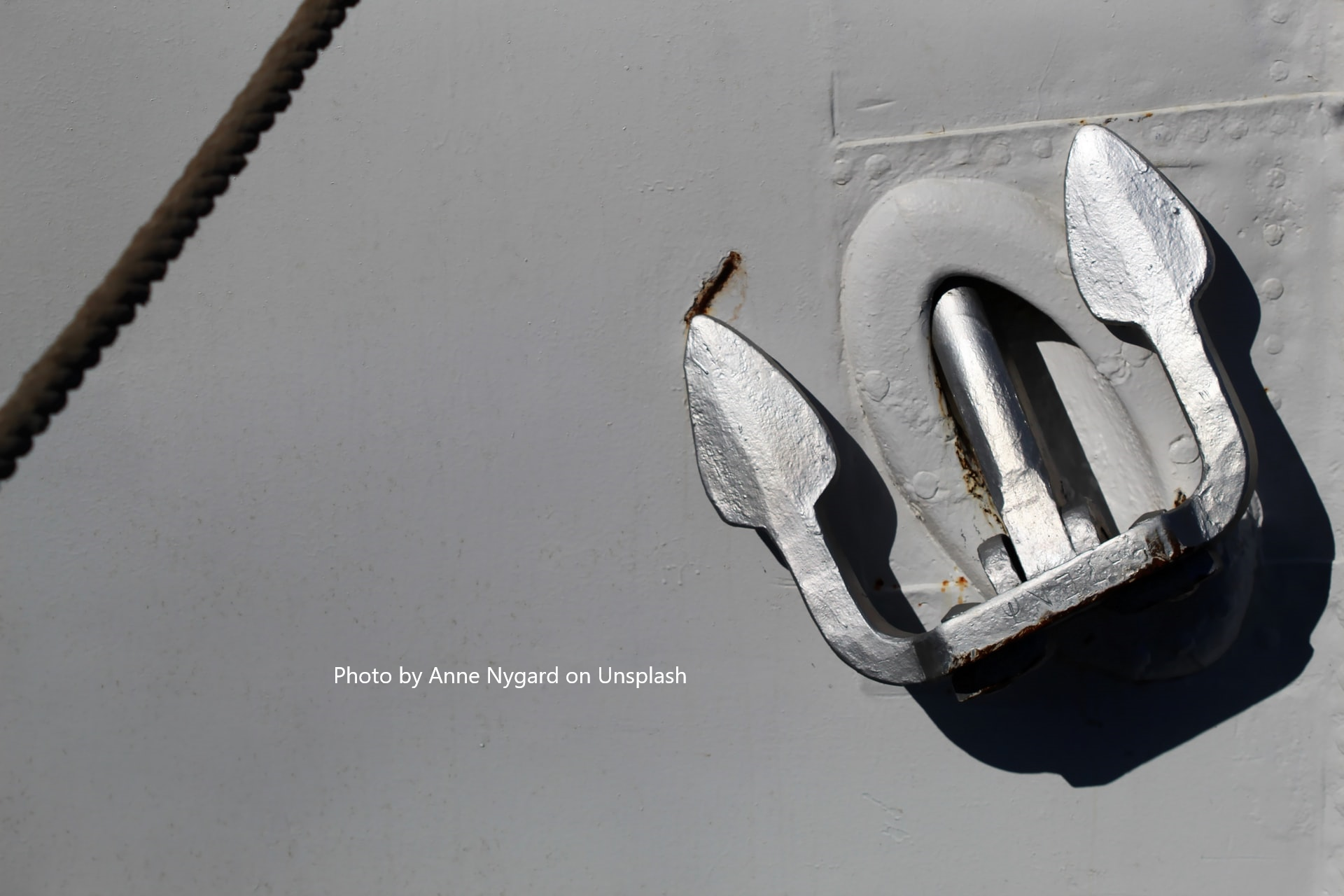
Ships at Anchor: Life and Operations While Waiting
Introduction
The Anchoring Process
- Pre-Anchoring Preparations - The day before anchoring, both engineering and deck departments conduct comprehensive equipment testing. This includes propeller forward/reverse testing, emergency generator checks, bridge-to-engine room communications verification, anchor equipment inspection, and steering gear testing. These critical checks ensure all systems are operational for the anchoring maneuver.
- Maneuvering Detail - When the ship enters 'Maneuvering' status, a specialized team takes control. The pilot boards the bridge, the Chief Engineer assumes position in the Engine Control Room, and additional engineering equipment is brought online for redundancy. This includes extra electrical generators to ensure continuous power during the critical anchoring operation.
- Anchor Deployment - Upon reaching the designated anchoring position, the deck department carefully deploys and sets the anchor. Once secure, the Captain officially ends the Maneuvering Detail, and the crew returns to their regular duties or rest periods, depending on the time of day. For more about ship crew structure, see our article on ship crew structure.
Reasons for Anchoring
- Berth Availability - Limited port infrastructure often requires vessels to wait for available berths. Container ships need specialized cranes, while tankers require specific loading/unloading equipment. This waiting period can range from hours to weeks, depending on port congestion and cargo handling requirements. For more about different ship types, see our article on what are the different types of ships.
- Cargo Readiness - When cargo isn't ready for loading, it's more cost-effective for ships to wait at anchor than occupy valuable berth space. This is particularly common in bulk cargo operations where loading schedules can be unpredictable.
- Operational Planning - Vessels may anchor while awaiting new assignments or during strategic positioning for future operations. This allows companies to maintain fleet flexibility while minimizing operational costs.
Engineering Operations
- Propulsion Systems - While main propulsion is typically offline, it remains ready for immediate use if strong currents threaten anchor security. This readiness is crucial for preventing 'dragging anchor' situations where the vessel could drift from its position.
- Essential Systems - Critical systems remain operational 24/7, including electrical generation, HVAC, refrigeration, potable water systems, and sewage treatment. These systems ensure crew comfort and vessel functionality throughout the anchoring period. For more about how ships handle waste, see our article on how do ships get rid of waste.
- Maintenance Opportunities - Anchoring periods provide valuable time for preventive maintenance and system inspections that might be challenging during active operations. For more about ship maintenance, see our article on ship maintenance periods.
Crew Activities
- Equipment Maintenance - Engineers address minor issues, perform preventive maintenance, and prepare spare parts. This includes everything from fixing small leaks to rebuilding critical components in the machine shop. For more about daily engineering work, see our article on what do marine engineers do on a daily basis.
- System Monitoring - Regular testing and monitoring of various systems, including boiler water quality, potable water treatment, and bilge levels, ensure everything operates within specifications.
- Facility Improvements - Crew members often use anchoring periods to improve shipboard facilities, building storage solutions and organizational systems to enhance operational efficiency.
Environmental Factors
- Tidal Movements - Ships naturally rotate around their anchor point in response to changing currents and tides. This phenomenon, known as 'swinging on anchor,' causes vessels to face into the current, creating the appearance of changing direction throughout the day.
- Weather Considerations - Strong winds and currents may require additional engine power to maintain position, while calm conditions allow for reduced power consumption and maintenance activities.
- Environmental Protection - Modern vessels implement strict environmental protocols during anchoring, including proper waste management and ballast water treatment to minimize ecological impact.
Conclusion
Share This Article
Related Articles
Continue reading with these related articles

In Port vs. Maneuvering vs. At Sea: Understanding Different Ship Operations
Learn about the distinct operational modes of ships: port operations, maneuvering, and open sea navigation, and how they affect crew responsibilities.

Cruise Ship Passenger Safety: Essential Guidelines for Safe Voyages
Discover essential cruise ship passenger safety guidelines, from emergency procedures to onboard safety measures. Learn what to expect during your cruise and how cruise ships keep passengers safe at sea.

Passenger Safety at Sea: A Comprehensive Guide to Maritime Safety Protocols and Procedures
Discover comprehensive passenger safety protocols at sea, from emergency procedures to safety equipment. Learn about cruise ship safety, medical facilities, and maritime emergency response systems that protect passengers.

Emergency Procedures and Safety Equipment on Ships: What Every Passenger Should Know
Learn about emergency procedures and safety equipment on ships, including fast rescue boats, lifeboats, and liferafts. Discover how ships are equipped to handle emergencies and keep passengers safe at sea.
© 2025 The Salty Mariner. All rights reserved.
